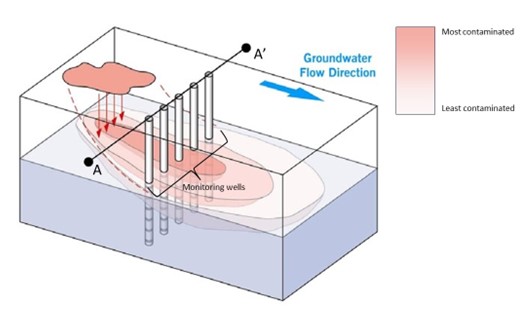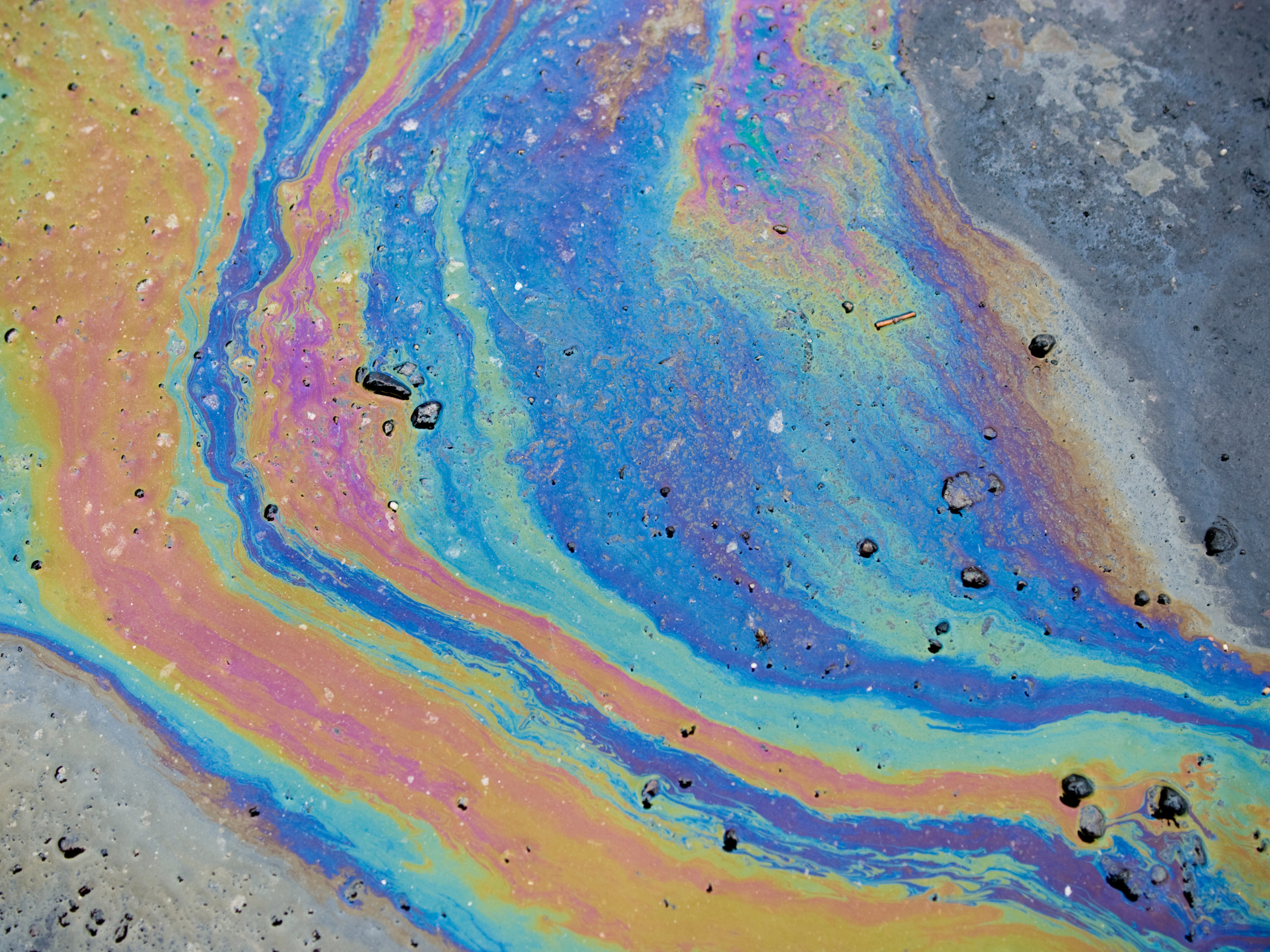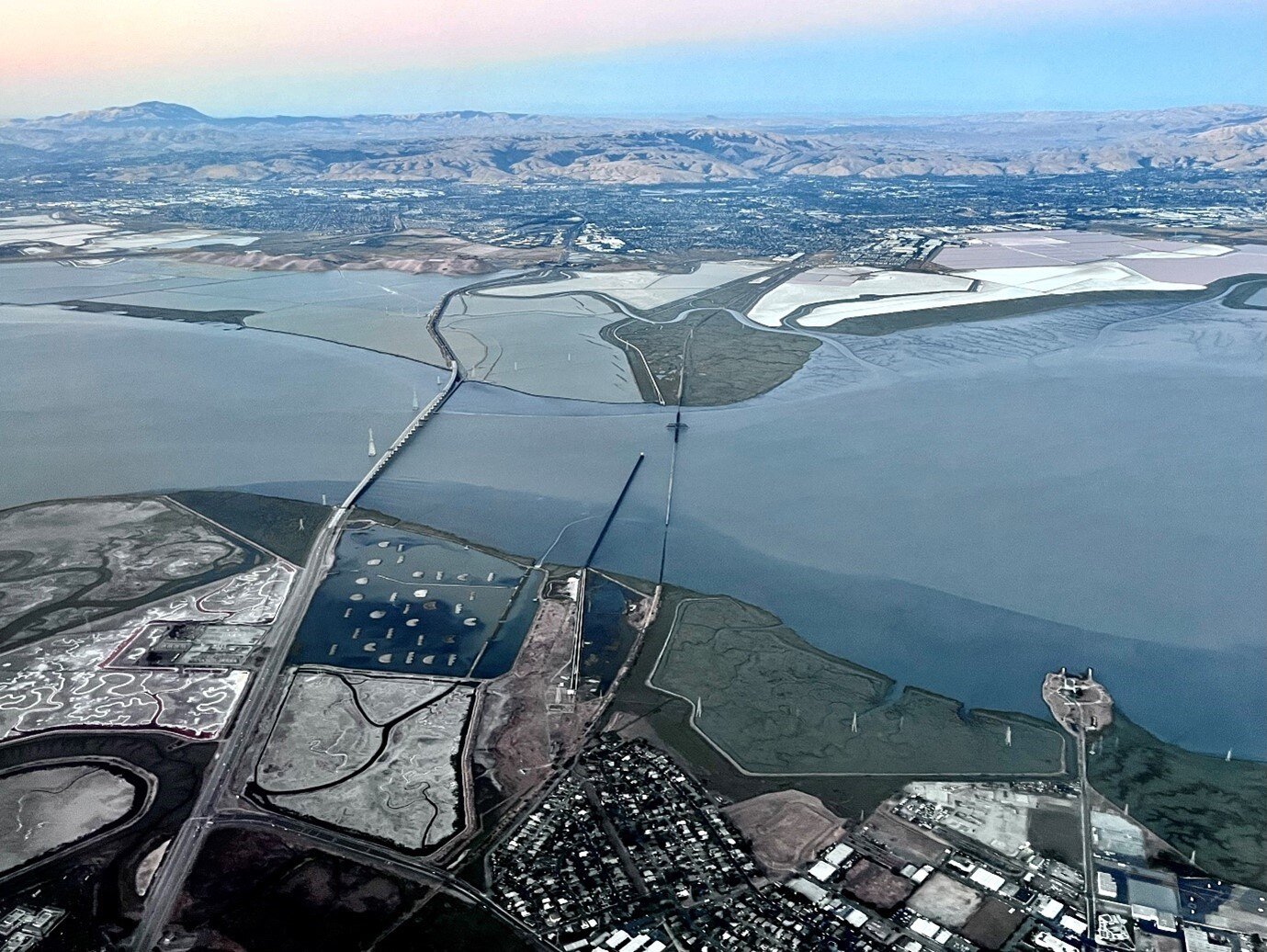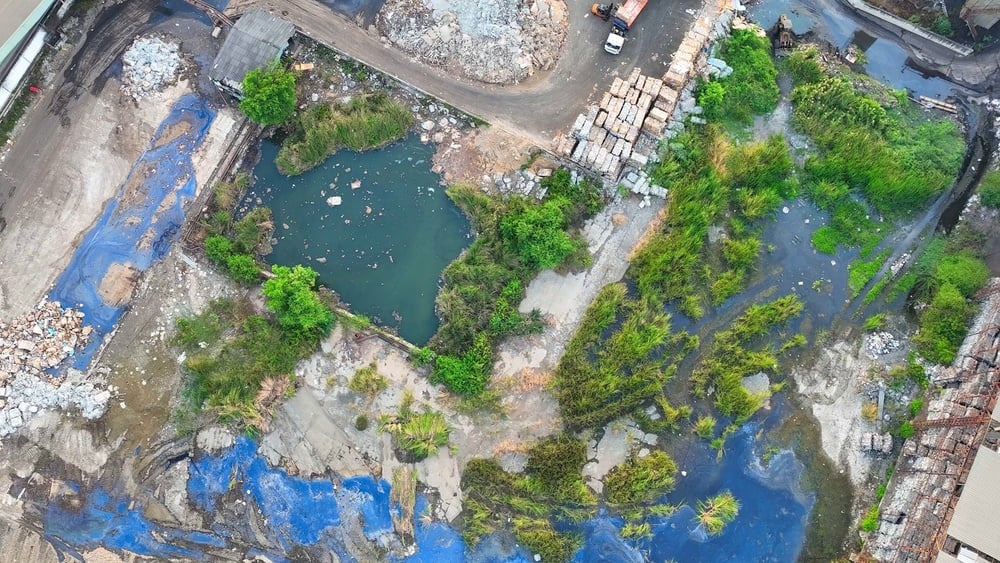Understanding a site's intricate sub-surficial workings in environmental remediation is essential for effective site management. When dealing with sites that have complicated historical uses and multiple contaminants and degradation products, we can visualize the data through the lens of mass flux to better understand the impacts of the contaminant source, where the contaminants are (or are not) moving, how much is moving, how fast it is moving, and what the fate of the contamination on and beyond the site may be. In this blog, we will define mass flux in the context of environmental groundwater remediation, describe the data that provides insightful mass flux calculations, and review how these data can inform other site-specific tools like Conceptual Site Models (check out this three-part blog series written by Justin Button-Hutchens here to learn more about Conceptual Site Models).

Figure 1: Schematic of sub-surface mass flux. It is modified from ITRC.
Mass Flux Defined
Mass flux calculations quantify the mass transfer rate through a defined area or volume at a specific time[1]. The units of measurement for mass flux reflect this relationship between space and time and are expressed as mass/time/area. Mass flux sheds light on the magnitude and dynamics of environmental processes, such as attenuation and source degradation, by characterizing the site-specific movement of contaminants. It specifically allows us to examine plume movement, dispersion and dissipation over time and is beneficial as a line of evidence to help with contaminant site closure. Mass flux calculations can be performed for groundwater systems, open bodies of water such as lakes and rivers, and air movement in the atmosphere.
There are several methods for estimating the mass flux of a contaminant through a groundwater system. We will focus on the transect method, a common industry standard approach for mass flux analysis. Click here to learn more about the other forms of mass flux calculation.
Data Input and Strategies to Create an Informative Mass Flux Model
We have described mass flux and its value to environmental remediation, so what does one need to evaluate mass flux effectively? Below, we highlight critical information necessary for mass flux calculations.
- Geology – What is the subsurface made up of? Soil… bedrock? Is it variable or uniform? A firm understanding of site geology is critical to estimate mass flux accurately. Imagine a site where the geology varies a lot – layers of clay overlying a layer of fine sand and, finally, a thick layer of gravelly sand. Differences in the pore spacing size and interconnectedness between these three layers will influence the ability of groundwater and any tag-along contaminants to move through the system. Understanding the stratigraphic sequence of soils (or fracture distribution in bedrock) will inform the practitioner which geologic units will likely transmit significant groundwater and associated contaminants (and should therefore be the focus of mass flux analysis). These considerations should be based on a good distribution of subsurface borings to characterize the site and reduce uncertainty in areas lacking direct data.
- Hydraulic conductivity – Hydraulic conductivity is a measure of the ability of geologic material to transmit water. As mentioned above, the site geology can provide insight into hydraulic conductivity. A field test, called a 'slug test,' can also measure the hydraulic conductivity of localized regions surrounding a well. If economically feasible, other field tests, such as pumping and recovery tests, can provide hydraulic conductivity values for larger areas. Again, the key is to conduct sufficient tests to characterize the site adequately and to understand uncertainty as best as possible.
- Hydraulic Gradient(s) – A potentiometric surface map shows the groundwater elevations for a given area. Environmental professionals can evaluate horizontal and vertical hydraulic gradients and local groundwater flow directions. These maps are generated by measuring groundwater depth within all monitoring and temporary wells on a site. Care should always be taken when constructing these maps to evaluate the influence of vertical hydraulic gradients between different geologic units.
- Contaminant Concentrations – Collection of groundwater samples (from site monitoring wells) for laboratory analysis of contaminants will allow the characterization of source plumes and determining contaminant concentrations.
- Monitoring Well Placement - Well location is critical. For the transect method of mass flux calculation, wells should be positioned in straight-line transects perpendicular to the groundwater flow direction and bisect the presumed source area (see points A and A' in Figure 1). Multiple transects should intersect the presumed plume along the groundwater flow path to capture any changes in contaminate levels at various distances from the source.
Conclusion
Mass flux calculations and the insights that come with them inform our understanding of the site and the use of other site characterization tools, including:
- Making quantitative insights: Mass flux provides a quantitative measure of contaminant fate and transport, enabling robust analysis and comparison of changing plume dynamics with time.
- Improves site-specific understanding: Tailored approaches to environmental assessment and remediation are possible by improving knowledge of site characteristics such as plume migration.
- Assess risk and manage remediation: Mass flux knowledge empowers accurate risk assessment, prioritizing remediation efforts, and protecting human health and the environment.
- Optimize remediation strategies: Understanding contaminant movement pathways and rates assists in developing targeted, cost-effective remediation plans. Mass flux analyses may assist with site closure strategies.
Mass flux analysis is a powerful tool in environmental remediation by combining geologic information, hydraulic conductivity, and contaminant concentrations. Mass flux estimates can be included as part of detailed conceptual site models, where the movement of contaminants can be visualized and monitored, can guide remediation strategies such that they can be tailored to intercept and mitigate contaminant plumes effectively, and provide insight into contaminant behavior, preferred migration pathways, and exposure risks. This information empowers environmental professionals to develop targeted and sustainable remediation strategies, optimizing resource allocation and safeguarding human health and the environment. As environmental remediation continues to evolve alongside our understanding of contaminants in the environment (looking at you, PFAS!), the power of mass flux analysis will undoubtedly remain a pivotal pathway to remedial solutions.
.png?width=700&height=720&name=MicrosoftTeams-image%20(38).png) Figure 2: Mass flux can inform our understanding of contamination extent and remediation effectiveness and inform engineering designs, among other uses. It is modified from ITRC.
Figure 2: Mass flux can inform our understanding of contamination extent and remediation effectiveness and inform engineering designs, among other uses. It is modified from ITRC.
Sources
[1] https://maf-1.itrcweb.org/




